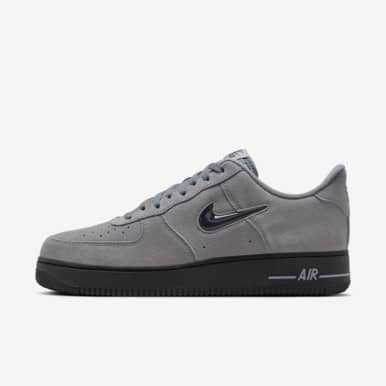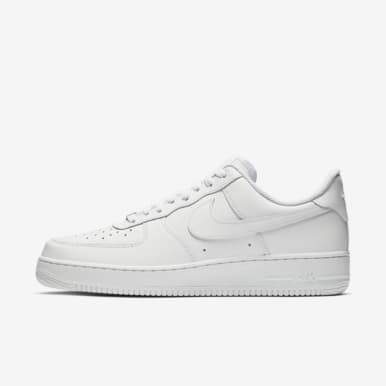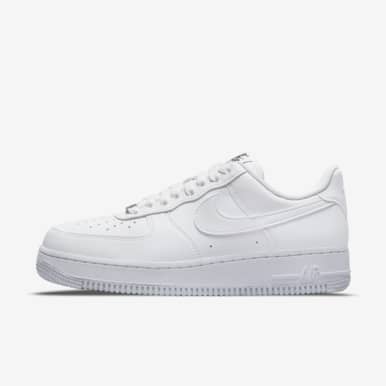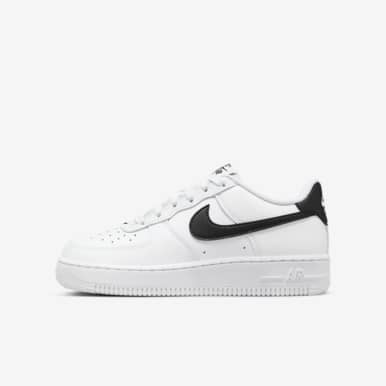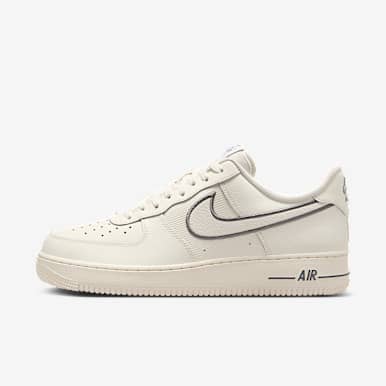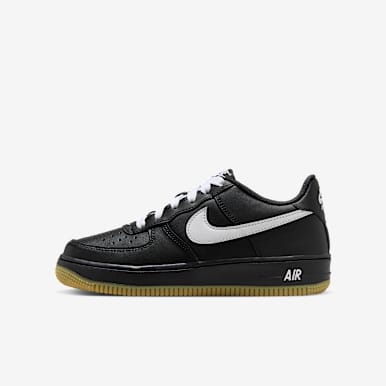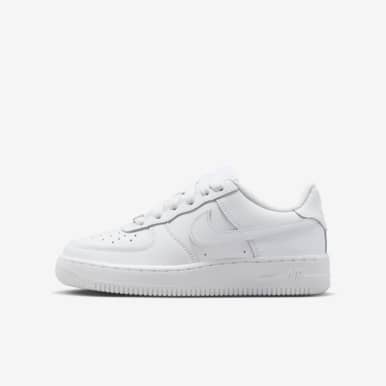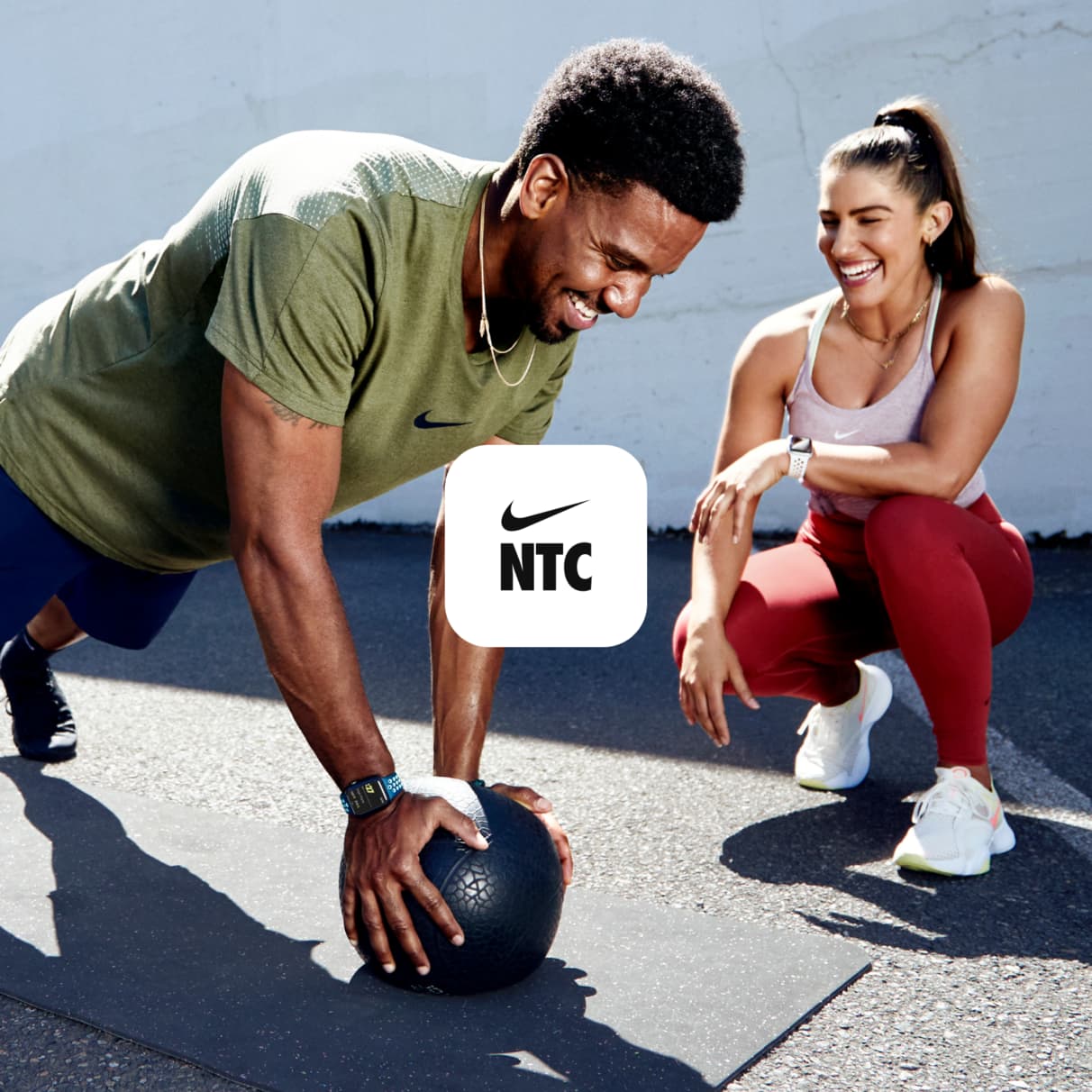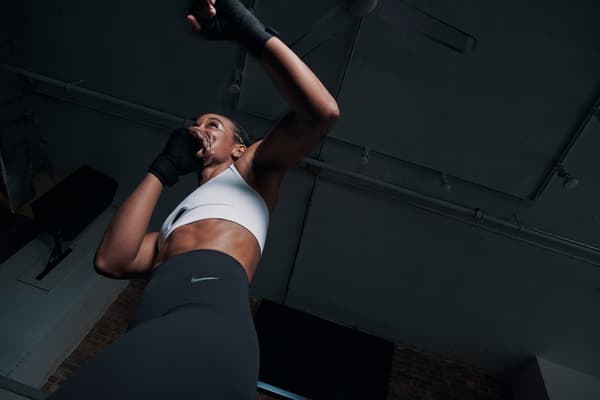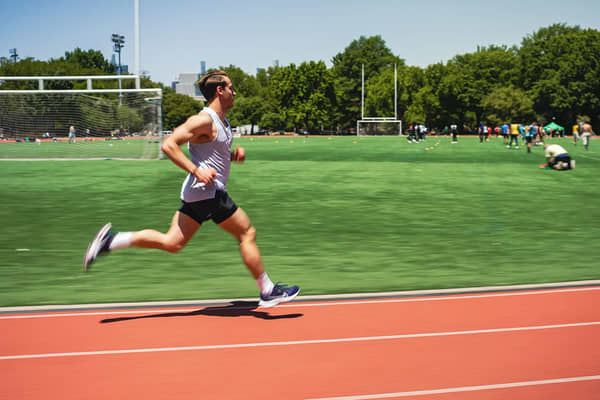5 Health Benefits of Rollerblading, According to Experts
Sport & Activity
Gliding on the pavement (or on the floor of an indoor skating rink) with a set of wheels under your feet can not only offer a fun way to move, but also a boost to your overall well-being.

If you're looking for a fun, heart-healthy cardio workout that targets both upper- and lower-body muscles and can be done outdoors, consider strapping on a pair of skates.
And while many people might consider this activity as "rollerblading", the technical term is in-line skating, though there are some minor differences regarding wheel position.
"Rollerblades feature wheels next to one another in a single line (hence the name in-line skating), roller skates feature two rows of wheels", said Marissa Miller, an ACE-certified personal trainer. "This makes it more difficult to balance on rollerblades". But no matter what you call the sport, it offers a range of holistic health benefits.
And since rollerblading can increase your heart rate, it makes for a great cardio workout. The Centers for Disease Control and Prevention (CDC) recommends adults perform 150 minutes of moderate-intensity physical activity—plus two days of muscle-strengthening activity—on a weekly basis.
RELATED: The 5 Benefits (and Drawbacks) Of Running on a Treadmill, According to Experts
5 Health Benefits of Rollerblading
1.Rollerblading Builds Lower-Body Strength
Similar to other forms of aerobic exercise, rollerblading engages the abdominal muscles, along with the lower-body muscles, including muscles of the calves, quads, hamstrings and glutes, said Stephanie Mansour, AFAA-certified personal trainer, ASFA-certified Pilates instructor and host of the PBS show "Step It Up with Steph".
According to an article published in a 2015 issue of the journal Exercise and Sport Science Reviews, aerobic workouts can produce an increase in skeletal muscle mass—where previous theories suggested this type of exercise had minimal effect on muscles—and should be considered an effective strategy for preventing muscle loss that comes with ageing.
Also, bear in mind that due to the minimal amount of pressure put on the joints, rollerblading is considered a low-impact exercise. "Unlike jumping or running where the feet are lifting up high off the ground, skating is more focused on gliding", Mansour said.
Rollerblading falls under the low-impact category because while you gently push off with one foot, the other foot remains on the ground, Miller said. "Each glide in motion functions as a snapshot of a single-leg balancing pose in yoga, which is notoriously appropriate for those requiring low-impact workouts for any joint or ligament issues", she said.
2.Rollerblading Improves Balance
"Because you're reducing the surface area of contact from the feet to the ground, better balance is another benefit of rollerblading", Mansour said.
The reason: the repetitive leg movement on wheels engages the lower-back muscles, as well as the core, which can lead to better posture, stability and coordination. According to a 2021 review in the Orthopedic Research Online Journal, exercises that target the core (muscles within the abdomen that connect to the spine, pelvis and shoulders) have been shown to improve functional mobility and balance among older adults.
3.Rollerblading Strengthens Stabiliser Muscles
"Since the wheels on rollerblades are aligned in a sort of 'balance beam' formation, you need to recruit your core and other stabiliser muscles to keep you upright", Miller said. For context, stabiliser muscles are those that support the body, but aren't involved in movement, such as the rotator cuff and lumbar spine, also known as the lower back.
An article published in a 2013 issue of the journal Sports Health found that strengthening stabiliser muscles (along with core muscles and mobiliser muscles, the muscles that are involved in large movements) can help decrease injury risk during workouts and everyday activities.
4.Rollerblading Can Be Good for Your Heart
The American Heart Association lists skating as a heart-healthy activity. A 2019 review published in the journal Frontiers in Cardiovascular Medicine examined the multiple reasons and mechanisms as to why exercising can decrease the risk of cardiovascular disease. The authors found that aerobic workouts have the ability to improve glucose tolerance and sensitivity and increase physiological cardiac hypertrophy (normal heart function), along with reducing resting heart rate, blood pressure levels and atherogenic markers (an indicator of fats and cholesterol inside the walls of the arteries).
If you're looking to determine the number of calories burnt while rollerblading, your weight and speed come into play. "As a personal trainer, I would recommend 20 minutes on the wheels for a solid cardio workout to burn about 200 calories", Mansour said. Feel free to swap one of your workouts on the elliptical or treadmill for a rollerblading session, Miller said.
5.Rollerblading May Help Boost Your Mood
According to a 2017 review published in the journal Brain Plasticity, one fun cardio workout session can have a profound effect on your emotional state. The study authors from New York University discovered that a single bout of aerobic exercise can significantly increase energy levels, stimulate the increase of neurochemicals (such as the neurotransmitter dopamine, which is involved in pleasure reward and motivation, per the Cleveland Clinic) and lower stress levels. Some evidence even suggests that the exercises that boost your mood the most are the ones that are most enjoyable for you.
Along these lines, perhaps your fitness tracker shouldn't be the focal point while rollerblading. "I recommend that clients establish an affinity for a certain physical activity before paying any attention to the number of calories burnt", Miller said. "If you're sweating and breathing heavily, you'll be getting in some movement that's super beneficial for your cardiovascular, muscular and psychological fitness".
Before Rolling Away, Consider These Safety Tips
The Mayo Clinic has labelled rollerblading as a low-risk outdoor activity. However, there are a few precautions to take into consideration, starting with protective gear. Both Miller and Mansour emphasised the need to wear a helmet and wrist guards, as well as knee and elbow pads.
If you're a first-time rollerblader, Miller suggested exercising in an enclosed area that offers firm objects to rely on to help you stabilise, such as a rail.
"Perhaps grab onto a friend who is not wearing skates and have them guide you as you get used to the sensation of wearing rollerblades", she said.
Then, begin by skating forwards in a straight line instead of zigzagging around people, advised Mansour. "Also, begin rollerblading at a moderate pace without going too fast or too slow", she said. "The goal is to train your body to find the balance and to maintain the same speed".
Words by Amy Capetta
